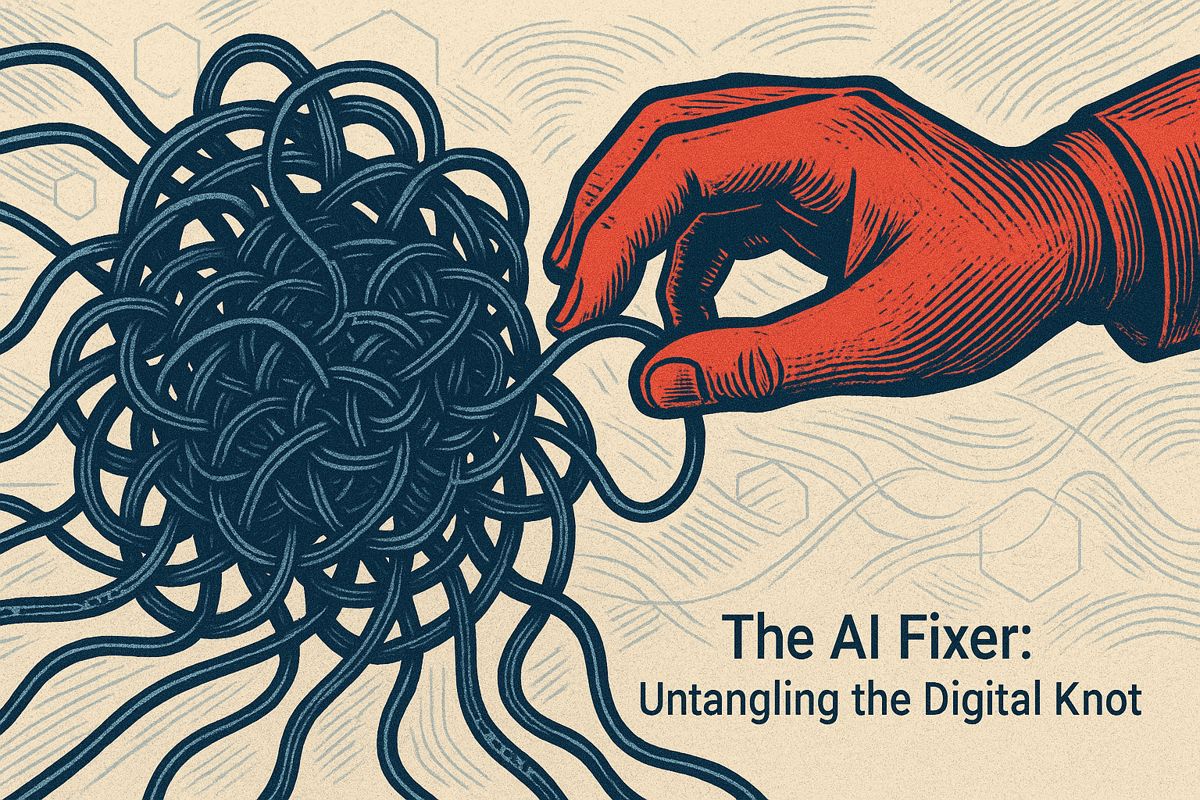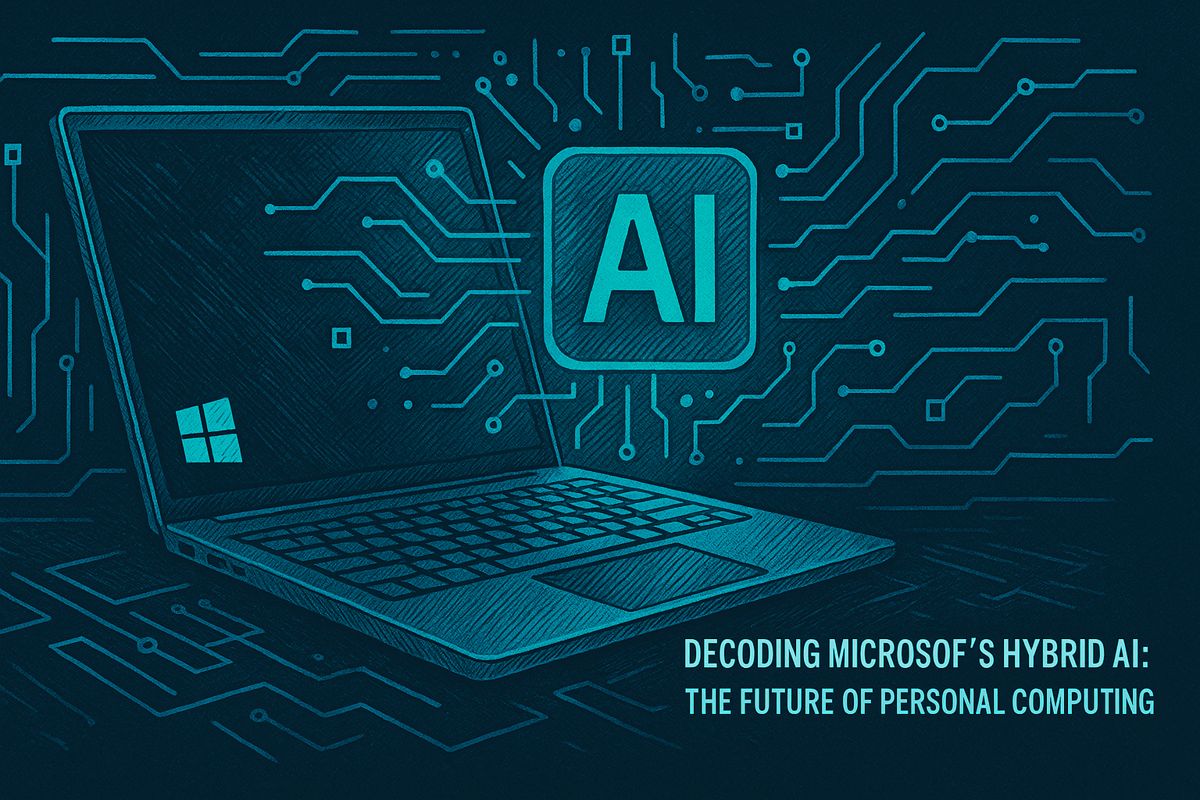Claude Opus 4.1 is Anthropic’s newest AI model, made for businesses and super easy to upgrade with no hassle. It’s faster and smarter at coding, fixing bugs, and handling many files at once, all without costing more. Companies are already using it to patch old software quickly and make junior developers work better. You can try it through big platforms like AWS and Google Cloud right now. Even better versions are coming soon, making this upgrade just the beginning!
What is Claude Opus 4.1 and what improvements does it offer?
Claude Opus 4.1 is Anthropic’s latest enterprise AI model, offering a seamless upgrade over Opus 4. It features improved coding performance, higher SWE-Bench scores (74.5%), better multi-file refactor rates (79%), and reduced tool calls, all at the same pricing and with zero downtime for existing users.
- Anthropic Quietly Drops Claude Opus 4.1: 74.5 % SWE-Bench Score and Day-One Tool Support*
On 5 August 2025, Anthropic released Claude Opus 4.1 as a drop-in upgrade to Opus 4, keeping the same price while widening the performance gap against Google and OpenAI in enterprise-grade coding and agentic workflows.
Where the gains show up
| Capability | Opus 4 | Opus 4.1 | Change |
|---|---|---|---|
| SWE-Bench Verified | 72.5 % | 74.5 % | +2 pp |
| Multi-file refactor pass-rate | 68 % | 79 % | +11 pp |
| Median tool-calls per task | 9 | *5 * | –44 % |
Figures compiled from the official system card and early enterprise telemetry shared by Anthropic.
Enterprise paths to production
Claude Opus 4.1 is available *today * through:
- Anthropic API and Claude Code
- Amazon Bedrock (us-west-2, us-east-1) – AWS announcement
- Google Cloud Vertex AI – docs
- Day-one plug-ins in Cursor, Windsurf and GitHub Copilot public preview (changelog)
Pricing stays flat: $15 / 1M input tokens and $75 / 1M output tokens for the general 200 k context model.
What enterprises are doing with it
- Rakuten Group uses Opus 4.1 to auto-patch legacy Java micro-services without breaking downstream dependencies – the model was able to isolate changes to 12 files out of 1 300 after analysing error traces.
- Windsurf* * reports a one-standard-deviation improvement on junior-developer benchmarks, cutting average pull-request review time by 38 %**.
Independent test-harness provider Apidog found that open-weight cost-focused models still win on pure $-per-task (source), but Opus 4.1 leads when accuracy and fewer retries are factored in.
What’s next
Anthropic’s Alex Albert teased “substantially larger improvements… in the coming weeks” during a livestream reveal, suggesting the current release is a pacing lap rather than the finish line.
For teams already on Opus 4, the upgrade is zero-downtime : same endpoints, same rate limits, more reliable answers.
What specific enterprise tasks is Claude Opus 4.1 best at?
Coding automation sits at the top of the list. With a 74.5% score on SWE-Bench Verified, the model now outperforms both OpenAI o3 and Gemini 2.5 Pro in real-world software engineering tasks. Early adopters such as Rakuten report up to 50% faster task completion and 45% fewer tool calls when refactoring multi-file codebases.
Next come long-horizon agentic workflows – the kind that move through dozens of steps without human hand-holding. The 200K-token context window lets the model keep state across large research runs, contract analysis, or end-to-end marketing campaign creation.
Rounding out the trio is data synthesis at scale: enterprises are feeding patent filings, research PDFs and support logs to Opus 4.1 to generate structured insight reports and technical documentation in a single pass.
How easy is it to plug Opus 4.1 into existing stacks?
Very. The model is cost-neutral compared with Opus 4 and is already wired into the three main enterprise highways:
- Anthropic API (direct)
- Amazon Bedrock (US East/West regions day-one)
- Google Cloud Vertex AI
Cursor, GitHub Copilot and Windsurf announced day-one support, so code completion, diff review and agent loops work inside the tools teams already use. No new pricing tier or GPU reservation is required.
How does it actually compare with OpenAI and Google alternatives today?
| Model | SWE-Bench Verified | Multimodal | Max Output Tokens | Enterprise Hooks |
|---|---|---|---|---|
| Claude Opus 4.1 | 74.5% | Good | 32 k | Bedrock, Vertex, API |
| OpenAI GPT-4o | ~72.5% | Leading | 8 k | Azure, Copilot |
| Google Gemini 2.5 Pro | Not disclosed | Leading | 8 k | Vertex, Workspace |
Translation: if your workload revolves around code, agents or long-form generation, Opus 4.1 now holds the benchmark crown while keeping the same bill.
What safety guardrails ship with the model?
Opus 4.1 is ASL-3 under Anthropic’s Responsible Scaling Policy. That triggers:
- Rigorous red-team evaluations
- Ongoing abuse-monitoring
- A published system card addendum detailing failure modes and recommended rate limits
For most Fortune-500 compliance teams, the documentation package is already strong enough to clear security reviews without extra paperwork.
Should we wait for the “bigger improvements” teased by Anthropic?
The company warns that “substantially larger upgrades are coming in weeks”, but early benchmarks show Opus 4.1 is already a full standard deviation better than Opus 4 on junior-dev tasks. Coupled with cost parity, most enterprises are green-lighting pilots now rather than pausing roadmap items for an unspecified future drop.



















